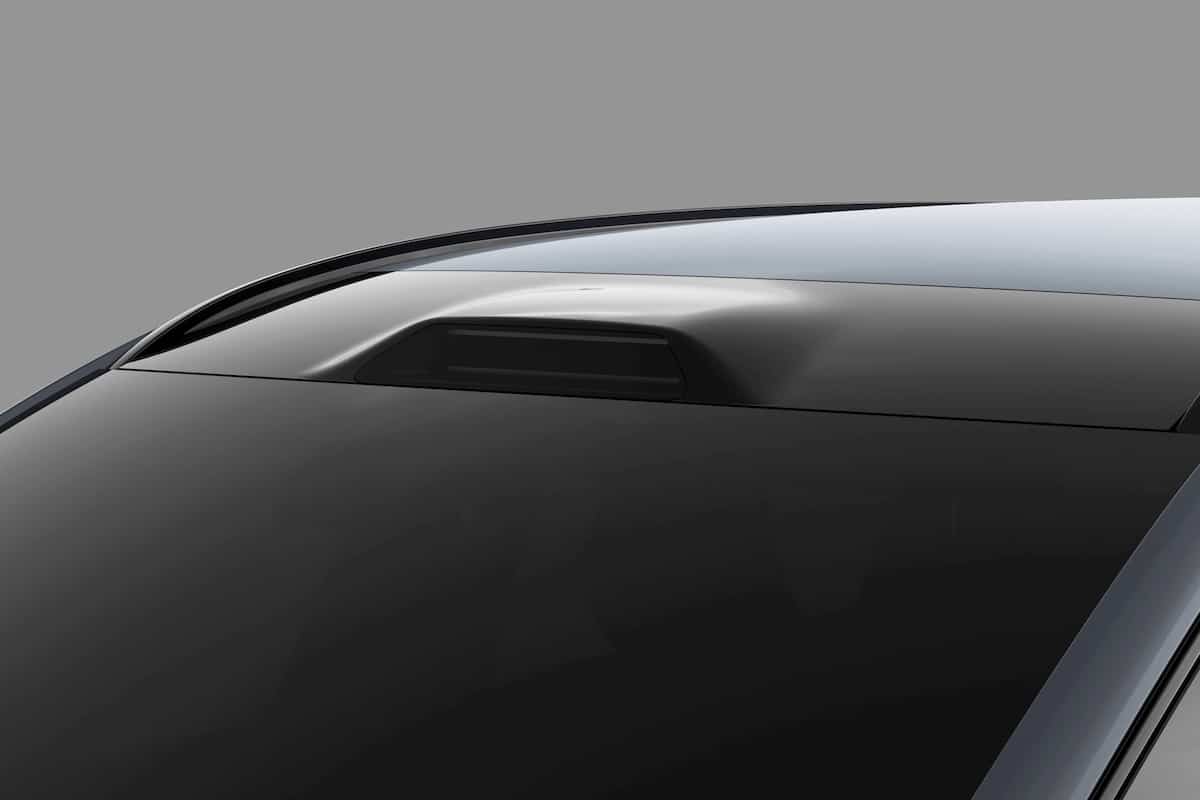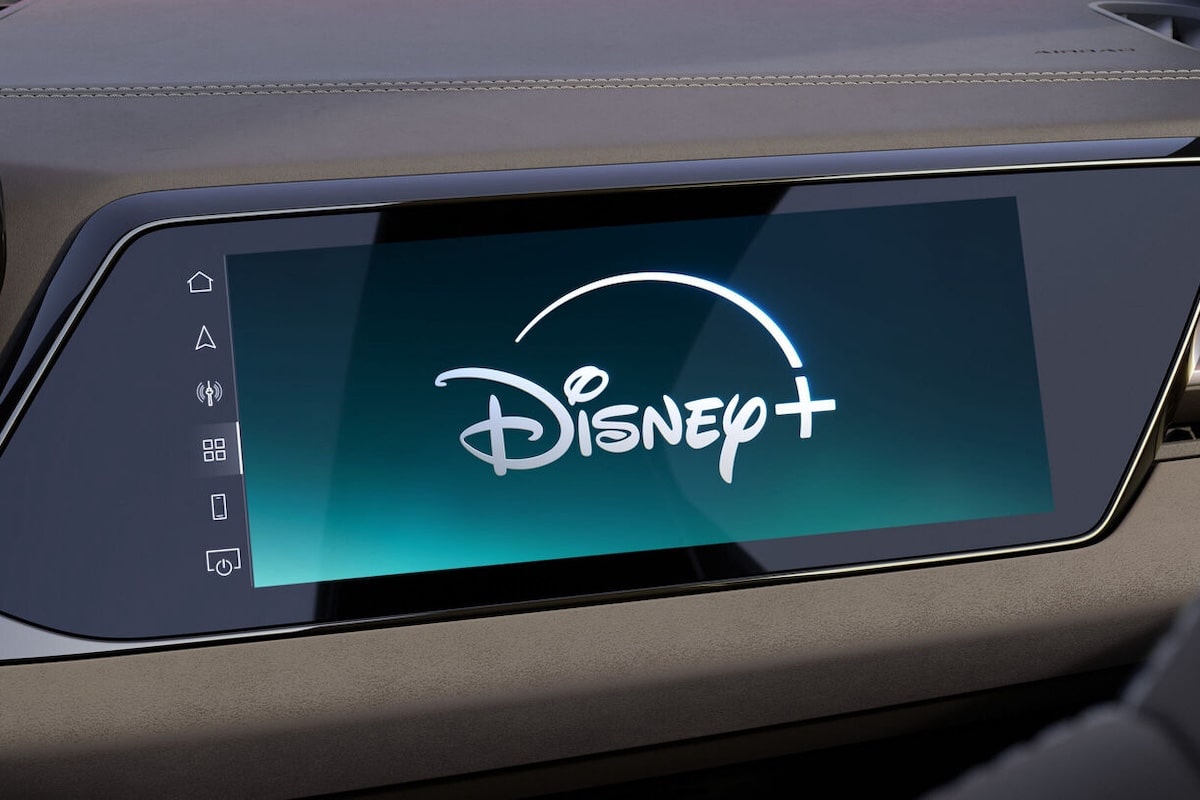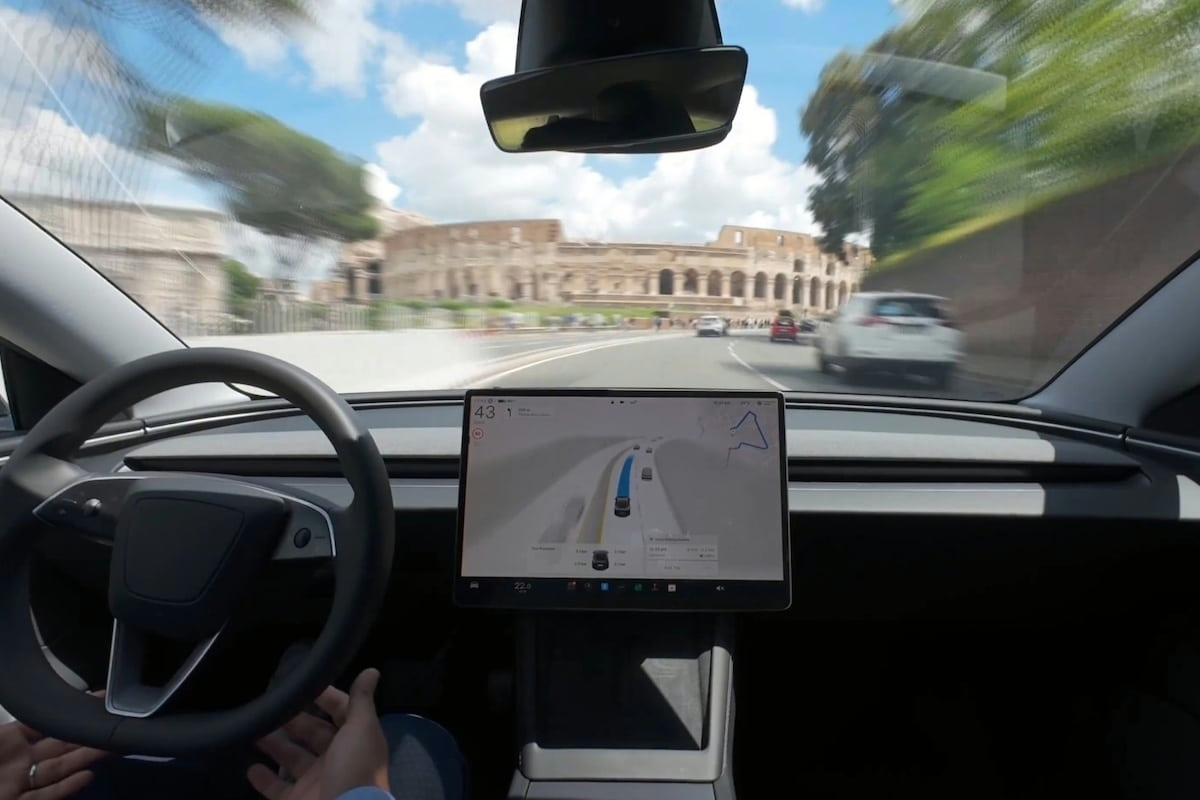What is a LiDAR?

LiDAR automotive systems are essential sensors for the development of autonomous cars. How do they work?
LiDAR (Light Detection and Ranging) sensors are used to detect objects and estimate distances. These sensors that use Laser technology are essential for the development of autonomous driving. You have likely seen a small protrusion above the windshield on some Volvo prototypes or on the Xiaomi SU7. This is one of the preferred locations for this system that will become commonplace.
The LiDAR system relies on a Laser technology that scans the vehicle’s environment up to 25 times per second over more than 200 meters, with a very wide field of view. The system sends a succession of brief Laser pulses and records the angle of deviation when they encounter an obstacle, their return time, or simply the absence of a return. It can thus synthesize the environment in 3D and identify and categorize all objects around the car thanks to its database. It measures the speed and direction of moving objects. It tracks other vehicles in the immediate environment, even when they are no longer in the driver’s line of sight. The LiDAR algorithms allow it to anticipate the trajectories of moving objects and indicate to the car’s artificial intelligence the safety maneuvers to be triggered.
Is LiDAR better than the human eye?
All these characteristics enable LiDAR-equipped autonomous cars to protect both the people inside the car and those surrounding it: pedestrians, cyclists, and other road users. In addition to providing information to the vehicle, this system can alert other vehicles to road hazards via the cloud so that they can benefit from it.
In summary, LiDAR technology sees what the human eye, cameras, and radars cannot see on the road. This sensor for autonomous cars adapts to all lighting conditions, even in extreme situations, whether there is too much or not enough light. The LiDAR sensor can even assess the density of raindrops and calculate the braking distance accordingly. All this information is essential for the driver, whether human or artificial.
ALSO READ: Autonomous driving is 10 times less dangerous than humans according to Tesla
This page is translated from the original post "Qu’est-ce qu’un LiDAR ?" in French.
We also suggestthese articles:
Also read






